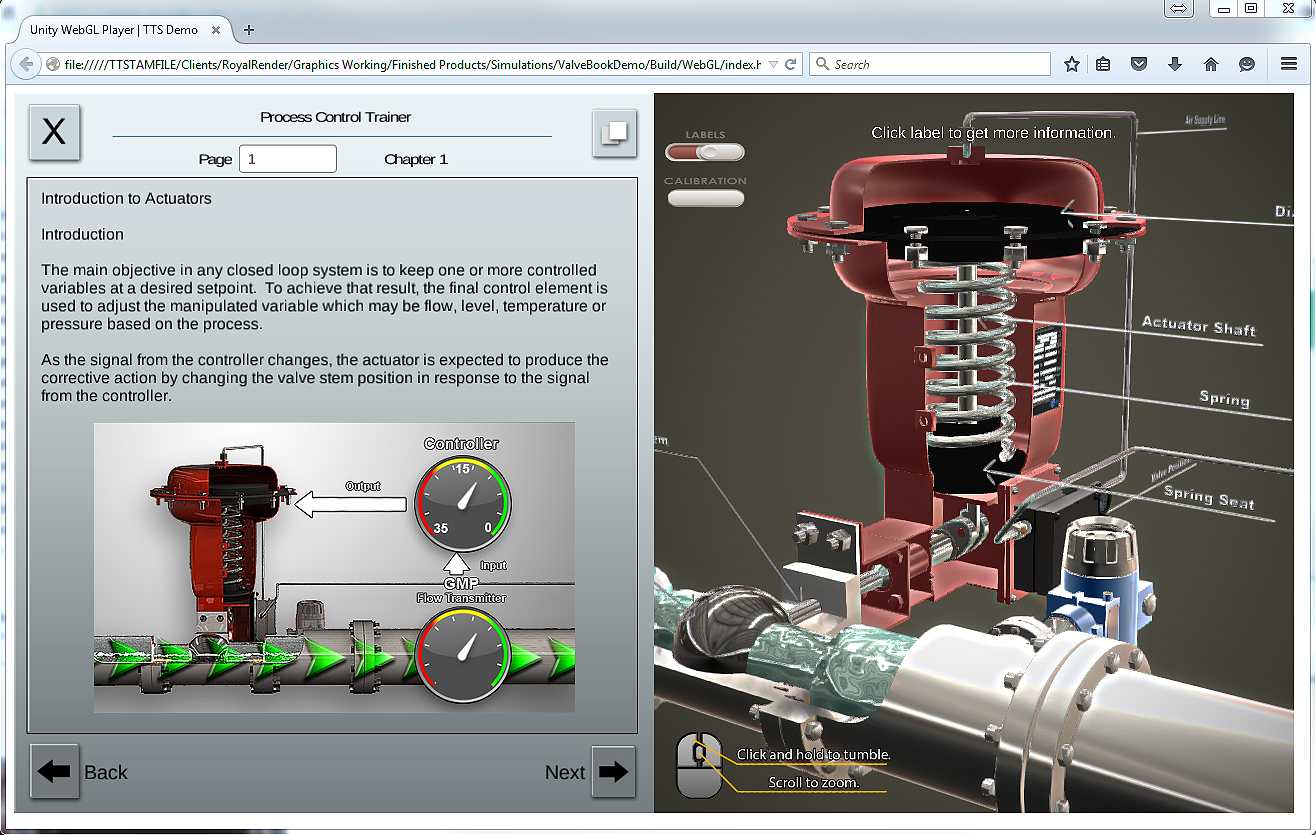Assuming that your company places high value on maximizing profits and reliability (and, really, what company doesn’t?), then your maintenance management systems, supply chain control, project planning, work order tracking, and most other services long ago went digital. The digital revolution can be seen in the myriad of digital CMMS, MRP, project planning, and other tools we all access on a daily basis. The advantages of this digital conversion are numerous and well known by anyone familiar with modern optimization practices.
No Longer Exempt from Twenty-First Century Technology, the Technical Procedure is Finally Getting a Much-Needed Upgrade.
However, through all of this digital streamlining and increased efficiency, one segment of facility operations was left behind to stagnate and decay, while everything else moved forward. Finally, after being left to languish under the weight of 1920’s technology, Maintenance and Operations Procedures are finally seeing their day in the digital light. Jump past the image to see why you need to take notice!

Interactive procedures are quickly sweeping across industry and manufacturing organizations. GE, Ford, Yamaha, and a number of other major manufacturing organizations are currently experimenting with Interactive Procedure Systems (IPS) to identify how best to use them within their facilities. These IPSs have a number of benefits over traditional paper procedures, including:
- Better alignment with the visual learning style of the majority of technicians
- Increased organizational control and tracking of procedures
- Highly improved efficiency in updating procedures
- Improved revision control, ensuring that outdated procedure versions are no longer available, protecting both your people and equipment
- Digital procedures do not suffer from “wear and tear” like paper procedures, removing the risk of errors due to document deterioration
- Current facility procedures can easily be made available in the classroom for training purposes
- Technicians can virtually rotate a piece of equipment 360 degrees across both the horizontal and vertical access, giving them the ability to clearly see hard-to-reach parts of installed equipment to better visualize problems
These are just some of the benefits organizations receive by moving from outdated paper procedures to an Interactive Procedure System.
If you have not yet had the opportunity to experience an Interactive Procedure System, contact Technology Transfer Services today. We will walk you through the basics of an IPS and how it can help improve efficiency within your organization.

